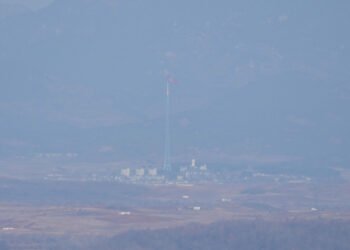Soil, which means life support system to every living creature in our planet, is one of the five elements of the nature. Soil consists of basic components including approximately 45% of minerals (sand, silt and clay), 5% of organic matter (organisms, humus and roots), and 25% of water and 25% of air respectively however it is highly complex and dynamic.
Soil, being vital to terrestrial ecosystem, contains both biotic and abiotic components. Soil is a home for billions of microorganisms that are responsible for nitrogen fixation and organic matter decomposition. Moreover, soil contains massive population of other worms such as earthworms and termites and supplies most of the antibiotics used to fight against several diseases. Hence, soil functions involve directly in many sectors.
On the other hand, “In present day, only 40-60 years’ worth of soil is available for agriculture. By 2045, the total food production will decrease up to 40% when there will be around 9.5 billion people in the world”, “If all the organic matter from soil is washed away, the soil is as similar to sand.” said Sadhguru, a yogi, an internationally renowned influential person who is actively initiating the “Save Soil Movement “all over the world.
In ongoing scenario, the soil, one of the most essential component is degrading and polluting world/wide. Land degradation in Nepal is a huge challenge with ineffective policies in reducing soil erosion, landslides, floods and soil pollution.
Declination of soil nutrients and decrease in soil organic matter in agricultural land, deforestation, overgrazing, excess land use practices and unmanaged development are major cause for land degradation. Loss of top soil and depletion of biodiversity lead to reduction in productivity of ecosystem.
Similarly, when the soil contaminates due to various toxic chemicals are responsible for soil pollution. These toxic chemicals with high risk are usually unnatural and harmful for human health as well. From a small chocolate wrapper to chemical fertilizers used in the field trigger such entangled phenomenon. Uses of hazardous chemical pesticides and fertilizers, which are unbreakable, damage soil composition cause loss of fertility of the soil.
Therefore, these activities directly affect agricultural production because soil is medium for any local vegetation to grow by providing water and necessary nutrients. In addition, industrial contaminated by-product waste and human waste are equally responsible for soil pollution. Such contaminated soil become incapable of behaving as a water filter, which regulates the discharge of excess rainwater preventing floods.
However, reforestation and afforestation need to be encouraged in barren land or deforested areas. The plant roots bind soil particles and water together. Likewise, possibilities of replacing the uses of toxic chemical fertilizers by biological, environment friendly pesticides, and organic manure give good environment for microorganisms and maintain soil pH levels.
Use of organic manure instead of chemical fertilizers is one of the best sources of nutrients for the soil. Reusing the products and using the alternative of non-degrading products such as plastic ensure reduction in soil pollution. In order to reduce these disasters and to get healthy soil in future, humankind must take necessary actions today and handover to future generation.
JENISH NAKARMI
PhD , Agricultural Sciences ( Molecular Phytomedicine)
INRES, University of Bonn
GERMANY





















